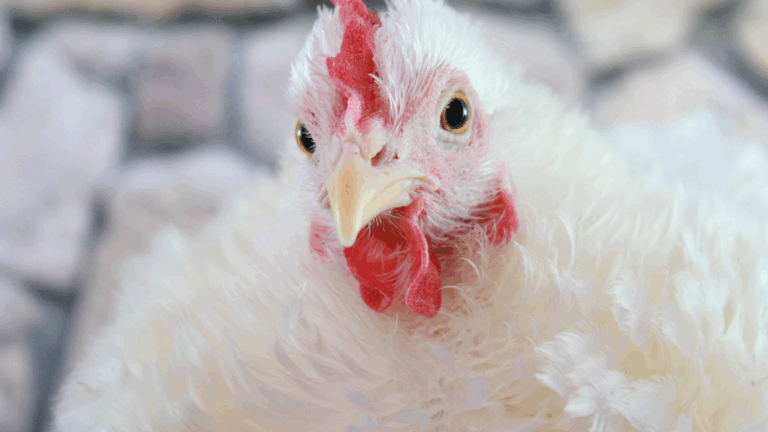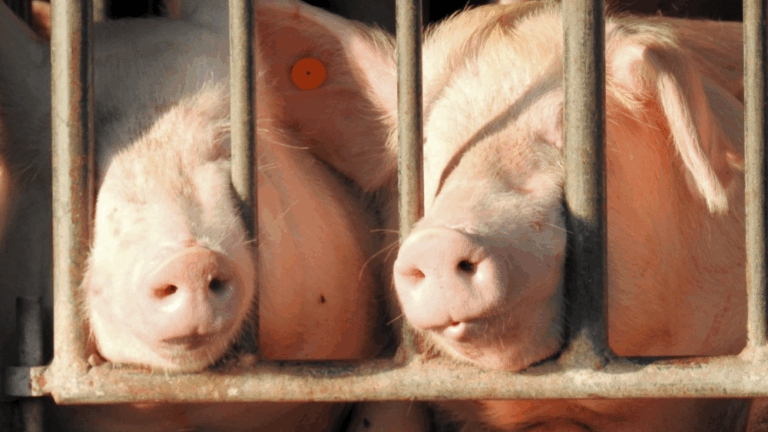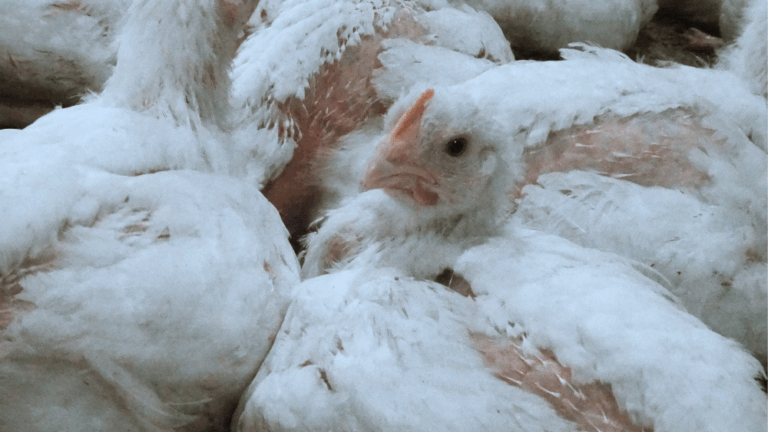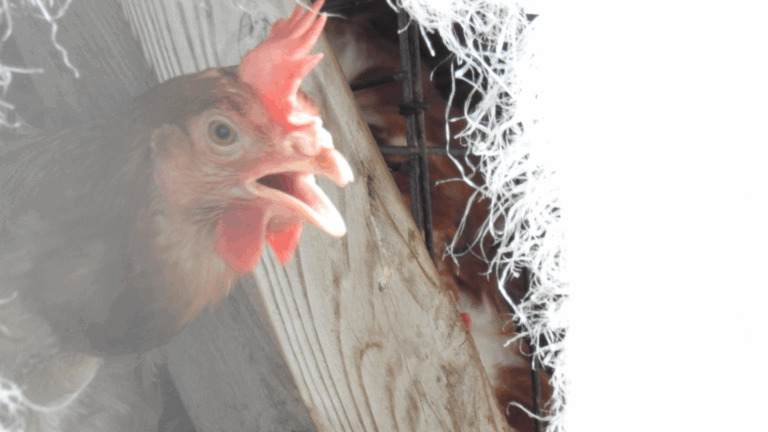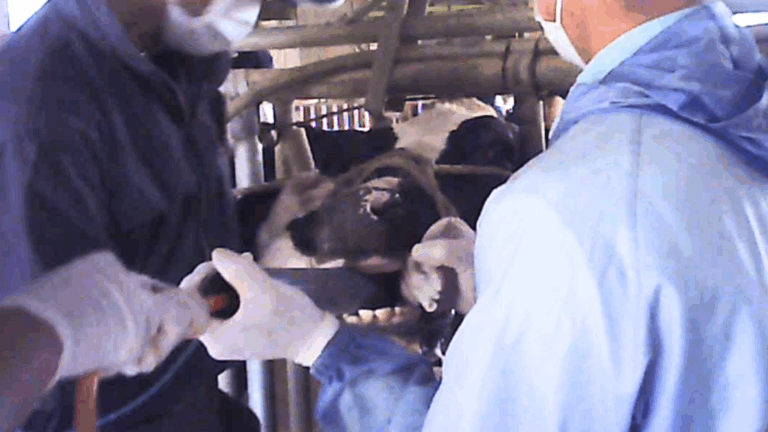The OECD-FAO Agricultural Outlook (Outlook) 2025-2034 has been released. Unfortunately, over the next decade, meat consumption was projected to increase by 47.9 million tons and production by 13%. Particularly increasing will be poultry, with consumption projected to increase by about 21%, lamb by 16%, beef by 13%, and pork by 5% by 2034.
Per capita consumption is also expected to increase by 3%.
By 2034, 62% of meat consumption will be chicken. This means that the number of sacrifices and the amount of suffering will explode.

The OECD and FAO report positively on such a terrible situation, saying that GHGs are being controlled at only a 6% increase while they increase by 13%. I don’t understand. With climate change becoming more intense, temperatures rising to the point where they can be felt on a daily basis, and wildfires increasing, there is no need to be positive about the increase. If there was no way to reduce consumption, I would understand, but there is a very simple and obvious solution: switch to plant-based products.
Also, this report does not seem to anticipate any increase in cultured meat or other products. From this point of view, it is not perfect.
Now, in any case, the world is desperate in such a situation.
How about Japan?
In the next 10 years, Japan’s population will decrease, how is it projected?
First, looking beyond livestock products, the consumption of high-protein foods (protein meals) is projected to decline by 5% over the decade beginning in 2024. This is thought to be the result of a declining population. Unfortunately, however, meat consumption is not expected to decrease. Per capita consumption is increasing. Per capita consumption is projected to increase by 6%. The growth rate is projected to be 0.49%.
Poultry is the cause of the 6% push up. Beef is up 101% and pork is up 103%, while chicken (poultry) is up 113%, a change that will cost us one more bird every year for 10 years.
The Japanese are eating so many eggs that there will be no more increase, yet it is predicted to increase to 102%, which is hopeless.
The only dairy product consumption that has declined, but cheese consumption, which would not be included here, has increased significantly (119%); adding the two together yields a slight increase.
| Japan | 2024 average kg/year | 2034 average kg/year | 2015-2024 Growth Rate %. | 2025-2034 Growth rate %. | Percentage increase over 10 years |
| Meat consumption per capita | 34.7 | 36.9 | 1.22 | 0.49 | 106% |
| Beef consumption per capita | 7 | 7.1 | 1.06 | 0.25 | 101% |
| Pork consumption per capita | 15.3 | 15.8 | 1 | 0.27 | 103% |
| Poultry meat consumption per capita | 12.4 | 14 | 1.61 | 0.87 | 113% |
| Egg consumption per capita | 20.3 | 20.7 | 0.32 | 0.25 | 102% |
| Per capita consumption of dairy products | 35.1 | 34.5 | 0.68 | 0.21 | 98% |
| Per capita cheese consumption | 3.1 | 3.7 | 0.79 | 1.82 | 119% |
There is no doubt that climate change will not reduce the sacrifice of livestock animals. It will only change from cows to more chickens. Many people are not going to change from cows to vegetables, which is a more effective climate change solution. And since they are also saying they will eat more beef, perhaps climate change efforts will not progress and a future in which both people and animals suffer in a more extreme climate will come.
Are there any countries where chicken consumption is projected to decrease…the answer is zero. The only country with no change is Ethiopia. This is not an exhaustive list of all countries, but the situation is grim. Pork and beef are expected to decrease in North America, Europe, and Australia. Eggs are expected to increase in many countries.
We want to change this hopeless future.
Is price irrelevant to demand for chicken?
Let’s take a look at the statistical figures on consumption trends compiled by the Japanese government. According to this (the latest data is for FY2023), the consumption of chicken meat decreased by 0.2 kg/per capita/year in FY2023. It is a slight decrease, but considering that consumption has been rising all this time, it is gratifying to see that the increase has stopped. Considering that this was a year in which prices were rather low, there does not seem to be a correlation between demand and prices for chicken. Some analysis suggests that this is due to a decrease in the amount of Brazilian chicken being offered in the food service industry due to a decrease in imports. Japanese chicken is more expensive than foreign chicken, but that does not deter people from buying it. People say in various places that “chicken is fighting for a penny so we can’t increase animal welfare,” but this is not really true. Poultry companies are making good profits. However, the animal welfare and safety of domestic chicken is unusually low, and they are not spending any money on it. Where is the key to reducing the consumption of chicken meat, we have yet to find the answer.
Price has impact on demand for eggs
Eggs, on the other hand, have also declined by 0.6 kg/capita/year. The reason for the decline in eggs is obvious. It is the price. The avian influenza pandemic of the previous year had killed many hens, and the egg prices had skyrocketed in 2023 because they were not able to compensate in time.
While some worry about the poultry farmers, the producers are by no means in trouble. They should be relieved to finally be able to sell at a reasonable price. In the case of cage-raised eggs, the producer’s efforts have nothing to do with pricing. Despite being flattered by the superior price, they were forced to continue to operate at a loss, but the bird flu, a deadly virus for chickens, gave them the opportunity to escape from this situation. I hope that they will continue to charge fair prices in the future, and they should. Fair trade is a concept that this egg needs.
And the people are not in any trouble. The Japanese are rather overnourished. The days of eating eggs as if they were a precious commodity because of their high nutritional value are long gone. With a declining population, the first step should be to raise the price of eggs to a reasonable level so that the cost can be reinvested to improve animal welfare.
Again this year, egg prices soared as high as they did in 2023. Some say this is due to climate change, but neither this climate change, nor the heat of summer, nor high feed prices are going away. The time has come for egg prices to be raised gradually. Citizens must accept this.


